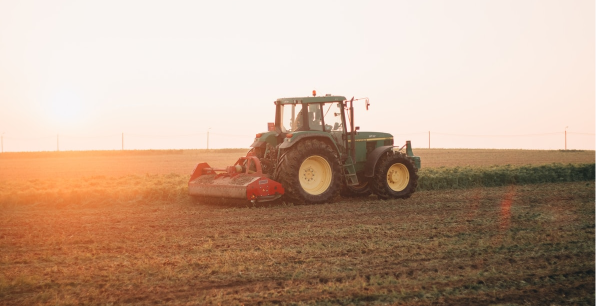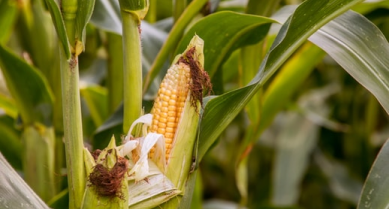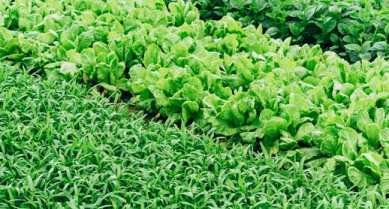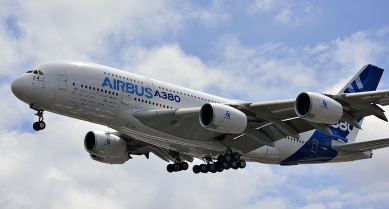Yield21 prediction market forecasts higher UK wheat yield than DEFRA estimate
A prediction market – the first of its kind in the UK agrifood sector – predicts that there’s a 75% chance that the National wheat yield will fall between 8.0 and 8.6t/ha. This is higher than the 7.8 to 8.0t/ha provisionally estimated by DEFRA.
An innovative yield prediction contest gives a greater chance that the UK average wheat yield figure will be higher than the 7.8t/ha provisionally reported by DEFRA. The market gave a 10% chance of yields between 7.8 and 8.0t/ha compared to a 75% chance of a figure between 8 and 8.6t/ha. We now need to wait until the final figures are announced in December to see if the 7.8t/ha figure remains or changes.
Over the past eight months, 25 teams have competed in a first-of-its-kind yield prediction contest. Unlike traditional prediction competitions, where teams submit predictions, competitors are allocated credits that are used to buy yield outcomes on 0.2t/ha increments.
Outcomes can be bought and sold over the season as more information becomes available, with their price impacted by demand (just as in real-world financial and commodity markets).
How it works
Hosted on the AGORA platform, the prediction market mimics the price volatility of real-world financial and commodity markets. Each team was allocated credits, which could be used to buy yield outcomes on 0.2t/ha increments. The distribution of these outcomes was plotted on a public graph, with popularity impacting price.
As the competition progressed, teams could sell their owned outcomes and purchase new ones. This could result in either a profit or a loss for that team. The market closed on September 30th. When DEFRA announces the official yield statistics in December 2021, teams will receive additional credits for every unit of the correct outcome they hold.
The team with the highest number of credits will be declared winner and receive a cash prize.
The competition featured 25 teams with a broad range of backgrounds and techniques. These ranged from statisticians with no agricultural experience to agronomists and farming groups. Techniques included sophisticated data modelling and qualitative research, i.e. collating the personal professional views of farmers using networks and forums.
The competition started with a relatively broad range of predictions. As the season progressed, more relevant information became available, leading to an improvement in predictions. This led to a coalescing of predictions around just three outcomes (8.0-8.6).
The platform was run on Hivemind’s Agora Platform. To support predictions, Agrimetrics made data from its Agrifood Data Marketplace available to teams. This data included seasonal climate forecasts from Weather Logistics, who provide novel insights into weather perils linked to crop performance volatility.
Other articles that might interest you

AI identifies crops from space with 90% accuracy
Agrimetrics launches CropLens AI, a proprietary algorithm that identifies crop types from space.

ClearSky: Cloud free satellite data for agriculture
ClearSky's artificial intelligence removes a major barrier to the efficacy of satellite

ClearSky: Cloud free satellite data for agriculture
ClearSky's artificial intelligence removes a major barrier to the efficacy of satellite

Agrimetrics partners with Airbus to reduce cost
Crop Analytics, a crop and field analytics package from Airbus, is now available at a new, lower price.



